Lluis Quilez: Filming in the “Exclusion Zone”

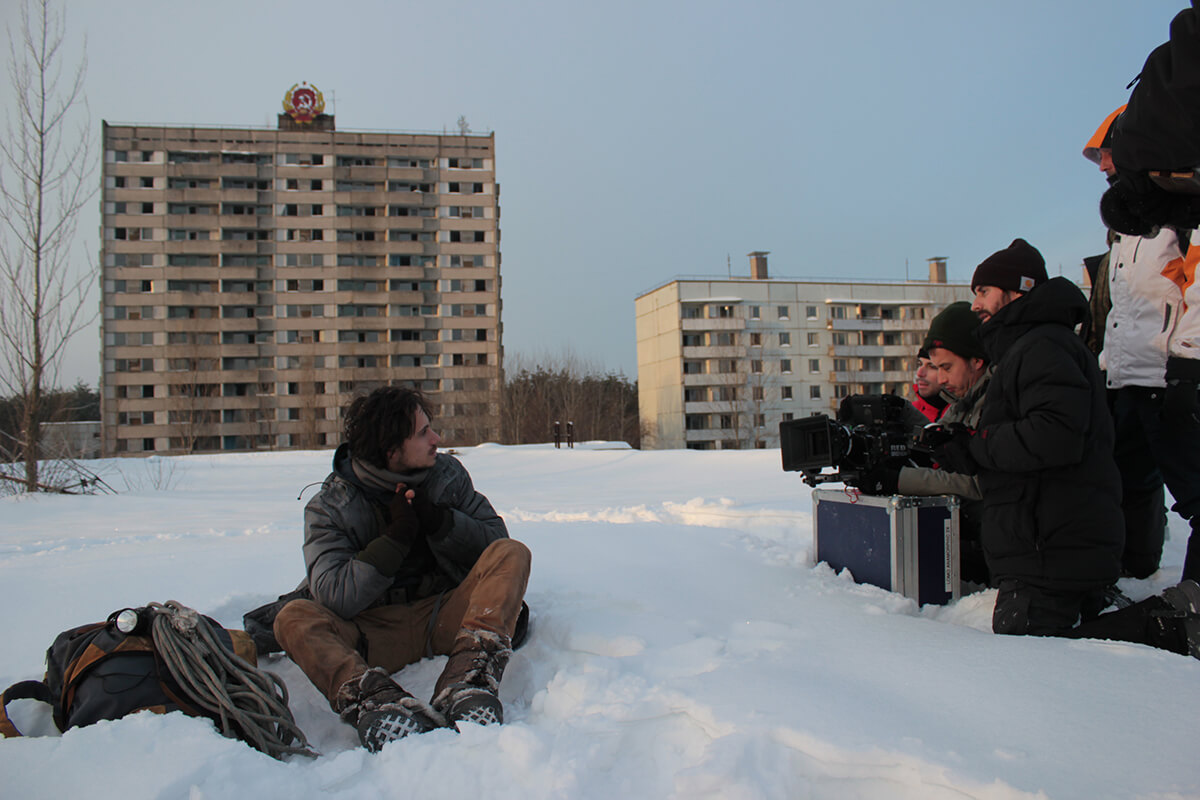
In Graffiti, we witness the story of Edgar, a young teenager living in a warehouse in isolation after an unexplained incident has corrupted the world. We are never exactly told just what is going on, but we see Edgar in near-complete isolation within an abandoned building, with only his tag-along dog, named K.O. for company.
Using a spray can, he is able to respond and get to know the mysterious figure, known as “Anna,” despite never being able to see each other, at least from Edgar’s perspective. Will the two eventually meet? Will whatever sparked the “incident” come into play? And, finally, without giving too much away, will Edgar be willing to make the ultimate sacrifice for his unseen companion? We interviewed Lluis Quilez over the short film.
Tell us what it was like filming in an abandoned area? Especially, what was it like filming in Prypiat and Valencia?
Graffiti was shot in the abandoned town of Pripyat, near Chernobyl’s nuclear power plant in Ukraine. It is an amazing and unique place in the world, as it has remained intact and uninhabited for nearly 30 years since the accident that caused the evacuation and closure of the nuclear plant. It is quite complicated to get into Pripyat to shoot a film due to the security measures that need to be taken in the “exclusion zone”. “GRAFFITI” is the first film production to be filmed entirely within the “exclusion zone”. Being able to film “GRAFFITI” in Pripyat was a dream come true, as I had been wanting to do so for years.
A crew of ten members, including the actor, went to Pripyat. We stayed there for 6 days, the first one scouting and then shooting all the exteriors, the rooftops and a few interiors. It was a tough and intense shooting, with no artificial lighting and no logistic support, we did it with a Red Epic camera and anamorphic lenses.
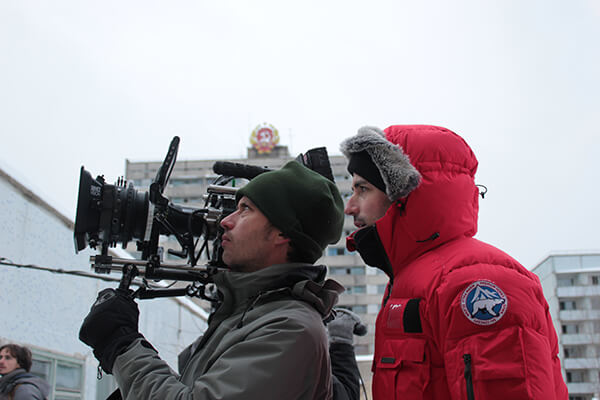
It was the perfect mix between a professional shooting and the “guerrilla” attitude, since all of us did all sort of tasks. It was a real challenge and for sure the shooting I have the best souvenir of.
Shooting in Pripyat is uncomfortable mostly for the weather conditions. We were at -15 Celsius and the snow reached our knees. The radiation matter is totally under control. Following a few simple rules, there is no risk. However, we had to cross 3 checkpoints to get in and get out, where the army measured our radiation to make sure we were clean and we were not living with any radioactive particle.
Because it was not possible to stay in Pripyat longer than 6 days, we did the rest of the shooting in Valencia. We recreated the place where Edgar lived in an abandoned warehouse that we used also for other interior scenes, such as the one of the rat hunting.
Fortunately, the art director had been in Pripyat, so she knew perfectly how to make it look the same. That second part was a conventional shooting, with a bigger crew and artificial lighting.
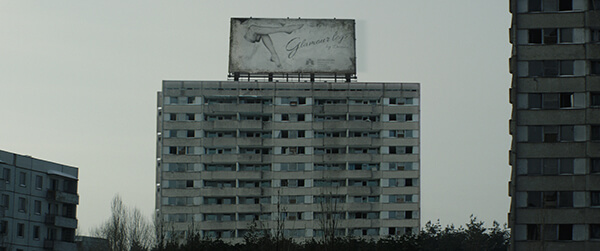
Did you erect that billboard for the short film, or was it already there?
The billboard was created digitally in post-production, it is one of the most important elements of the film, it appears in both the opening scene and in the closing scene. This element arouses the sexual desire of our main character, it reflects his loneliness and stimulates his imagination.
This vision is also created digitally by Onirikal VFX. Actually, this scene was never written in the script, but when I was at the site, it occurred to me that it would be nice to make a scene where the main character had an optical illusion, something like a mirage in the middle of a desert, as for him, Anna is an oasis. When we arrived to Pripyat we looked for a place to film that scene. The background was recreated digitally, but the most difficult thing was to create a feminine and suggestive face out of such few elements. I think this scene sums up the essence of Graffiti.
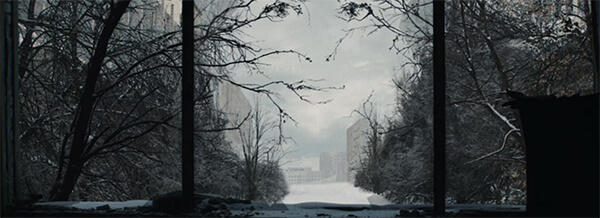
What was the inspiration for the film’s story?
The idea came because I wanted to tell a love story that could be contemporary yet in a different environment, out of the ordinary for this kind of movies. I also found it interesting to explore the type of communication so present in our daily relationships (chats, emails, etc …) without doing something too literal.
The film speaks about loneliness, the power of imagination and the faith in love. I found it interesting to set the story in a realistic environment, where the starting point of Graffiti was credible: the world has ended and a single survivor with little hope finds something that will change his life.
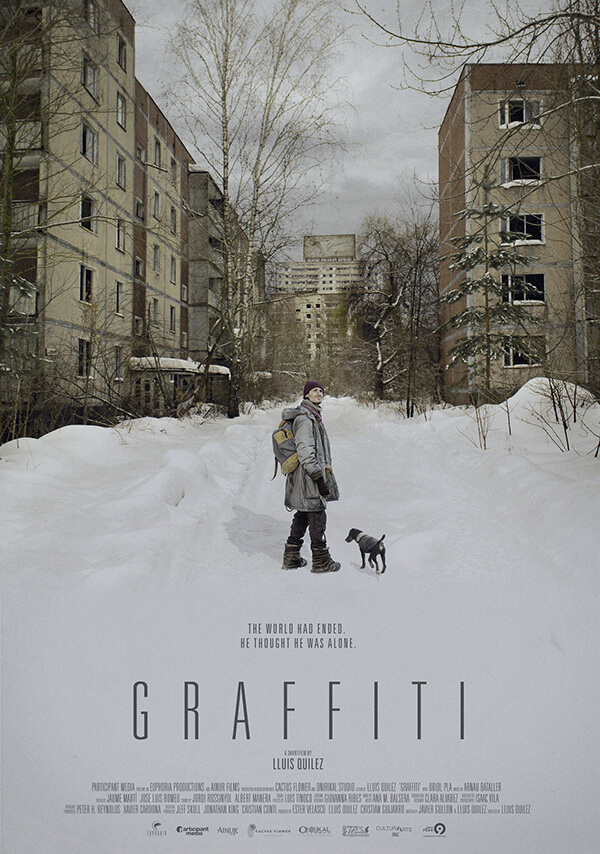
Can you give us a little bit of back-story for Edgar?
At the beginning of the short film we see that 7 years have passed since a mysterious “incident” has destroyed and exterminated the entire planet. Edgar is the only survivor and he’s only 17 years old, although his physical appearance is affected by the roughness of the situation. Edgar has lost his family and any kind of contact with other human beings since the age of 10, he has been surviving alone for 7 years in company of his dog, K.O. He has become an adult in the most complete solitude and completely detached from any other human being, he’s clumsy and autistic to some extent, but he still hasn’t lost hope.
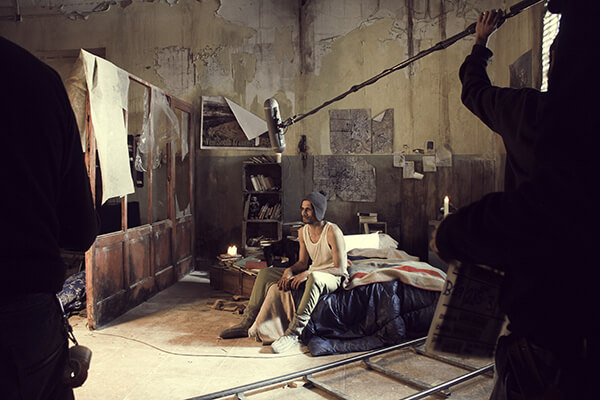
Where did the idea of a film that employed communication through mostly written dialogue rather than spoken word come from?
Graffiti is created through my need to speak about and idealized love that does not necessarily need to be based on something real or tangible, or, if it is, this perception can be completely altered by the lover’s perception. How many epistolary love stories have been written in the history of mankind? Nowadays, everybody can identify with chatting and instant messaging in theirs relationships. Nevertheless, the tendency towards individualism and immediacy has also led us to a greater degree of isolation, I am very interested in this paradox produced by the use of the internet.
Added to that, why was English used as the language the characters write in?
I didn’t want to place the story in any specific country or culture, it could be happening anywhere. I thought about using English right from the beginning even though the story symbolizes something more universal than the language that is used.
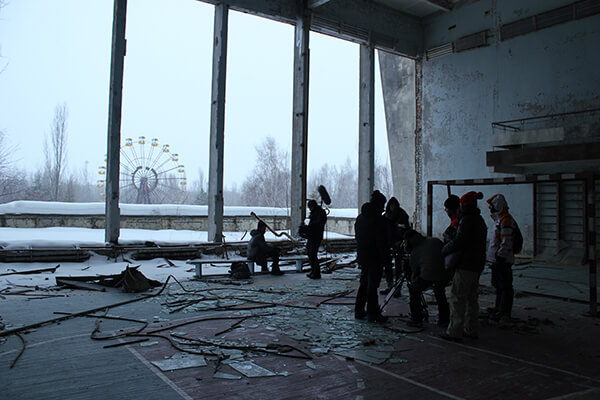
The mystery-girl, Anna, writes that she is 19, and Edgar reveals that he is even younger, at 17. Was there a specific reason to cast the two leads as teenagers?
It was more interesting for me if the main character had never experienced a love story. The story is about his first contact with another human in 7 years and it happens when he is no longer a child and has already entered adult life. Somehow Graffiti talks about how we can idealize love and how fantasy has a great weight in relationships, this idea is better represented through young, virgin and innocent characters than through experienced adults.
In many ways, the film borders on magical realism, and what is going on could be a little unclear. Viewers can speculate if Edgar is going insane, they could wonder if he’s writing the dialogue himself, or, given the post-apocalyptic nature of the story, something supernatural in nature is going on. Was that intentional?
Yes, of course! I love involving the viewers and making them have to draw their own conclusions out of the story, this short film can be interpreted and understood in many ways, and details gain a lot of importance.
I feel very comfortable telling stories that use mystery and suspense mechanisms, this is not something premeditated, it’s something that happens naturally for me. I guess that Hitchcock or Polanski and their way of narrating though the camera influenced me strongly from a young age. Actually, I don’t think of Graffiti as a thriller or a mystery film, it’s a romantic drama full of mystery mechanisms, because I think life itself is full of mystery.
Finally, what exactly does K.O. stand for?
It is very risky to make a movie with a single character on screen for 30 minutes. In this case everything led me to create a story full of silence and with very little dialogue. I knew it was risky but if I could make it work I would get the viewer to create a strong bond with the main character.
K.O. is Edgar’s dog and the only living being that interacts with him. Their relationship helps us understand the main character better and what it means and represents to be alone in the world for such a long time.
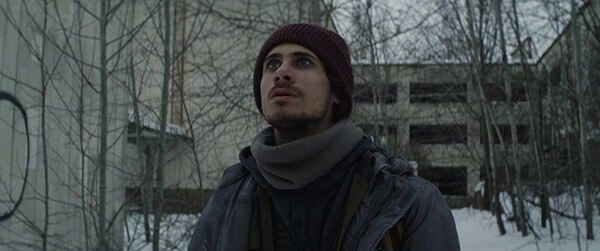
The film has been shortlisted for a 2017 Oscar and Academy Award. What has that been like?
It has been a great surprise. The fact that the members of the Academy positively value my work fills me with pride and strength to continue fighting to carry out new projects. It’s been a great morale booster.
Graffiti has been working very well, especially at an international level. It won in Sitges Fantastic Festival, in its premiere the Méliès d’Argent, as best Fantasy European short film. It won at the Santa Barbara Film Festival, and this got us the qualification for the Oscars. In addition, we already have more than 70 selections and about 40 prizes in less than one year of distribution.
Tells us more about your upcoming projects!
I’m working on several feature film projects. One of them is a thriller about identity, a subject I’ve wanted to explore for a long time. Another of my projects is a catastrophe story which explores the moral conflicts of a small group of characters in several geographic points of the planet. In addition, I’m going to shoot another short film titled “72%” in 2017.


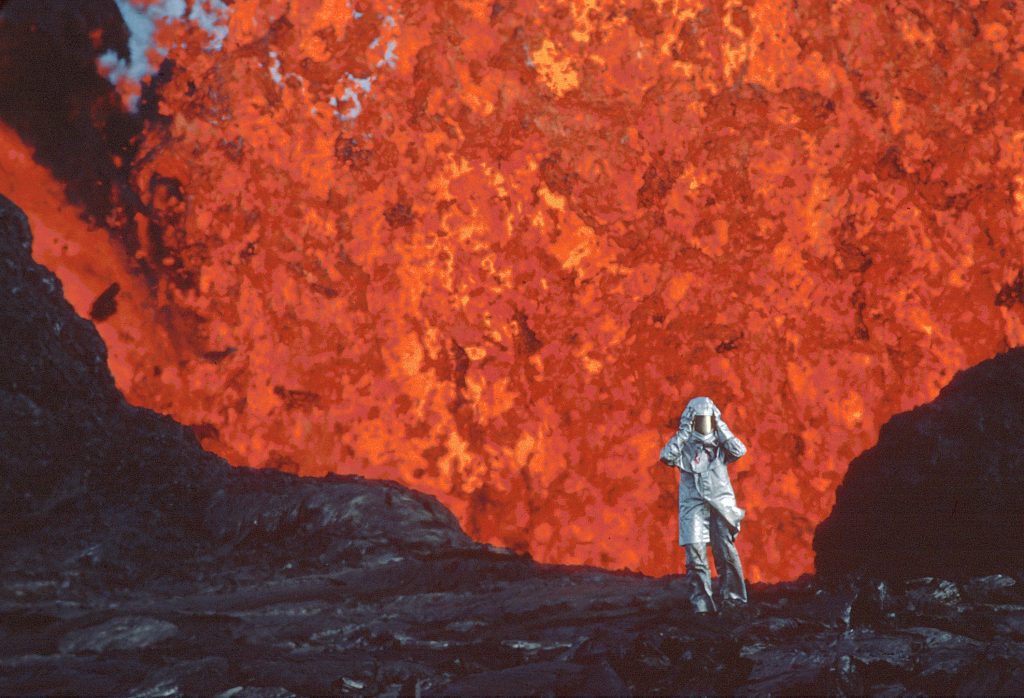
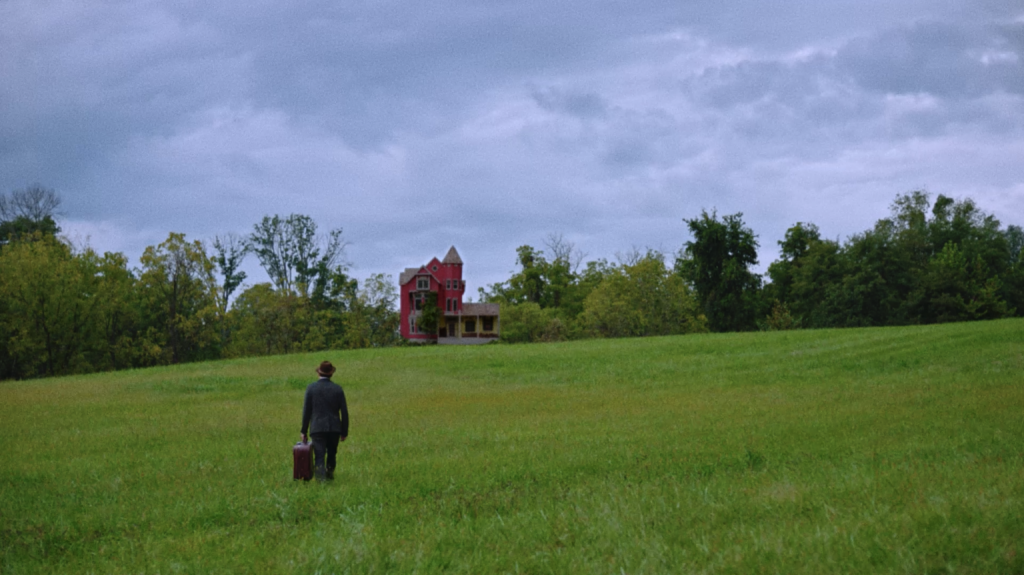
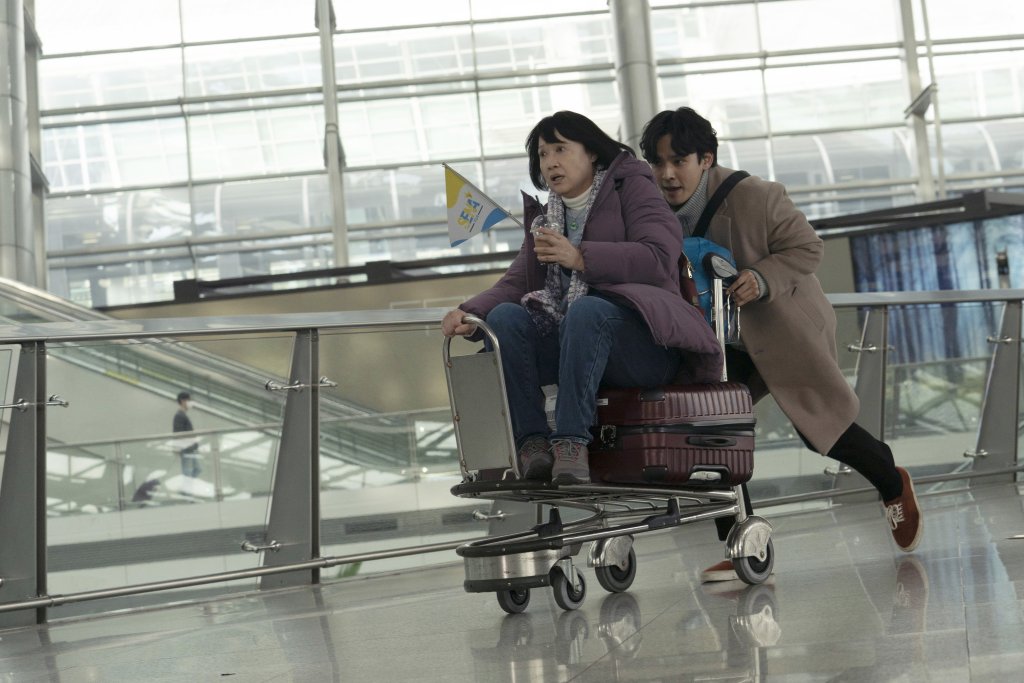
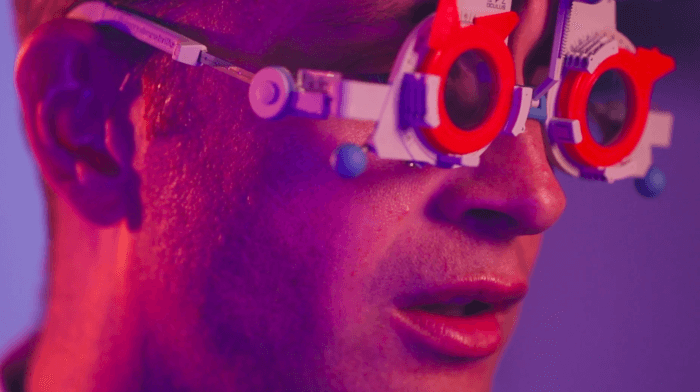

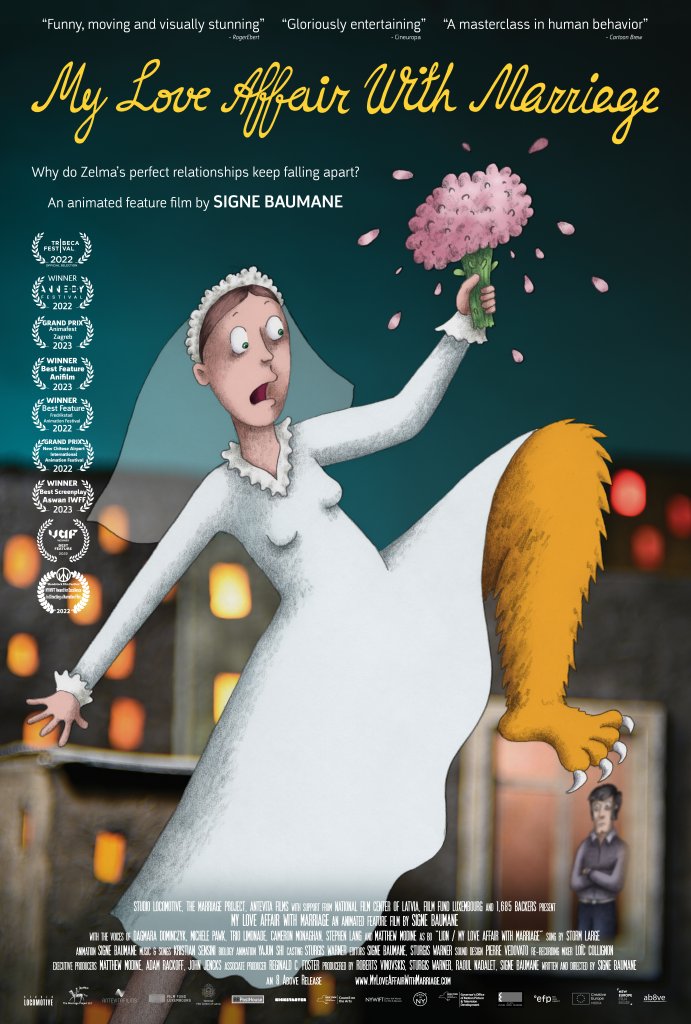
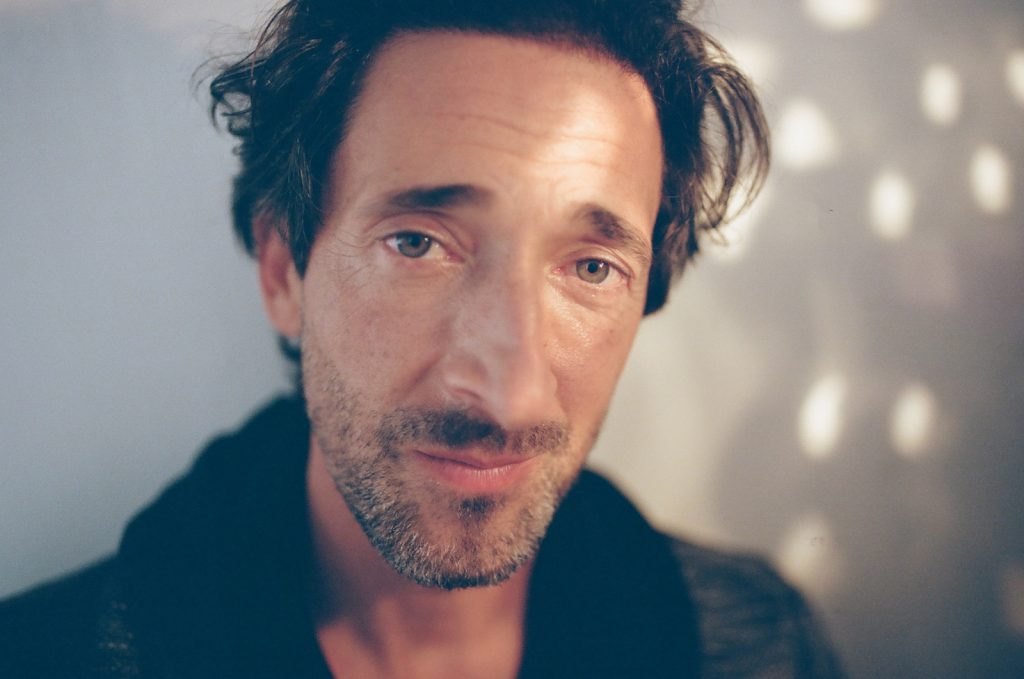


Responses